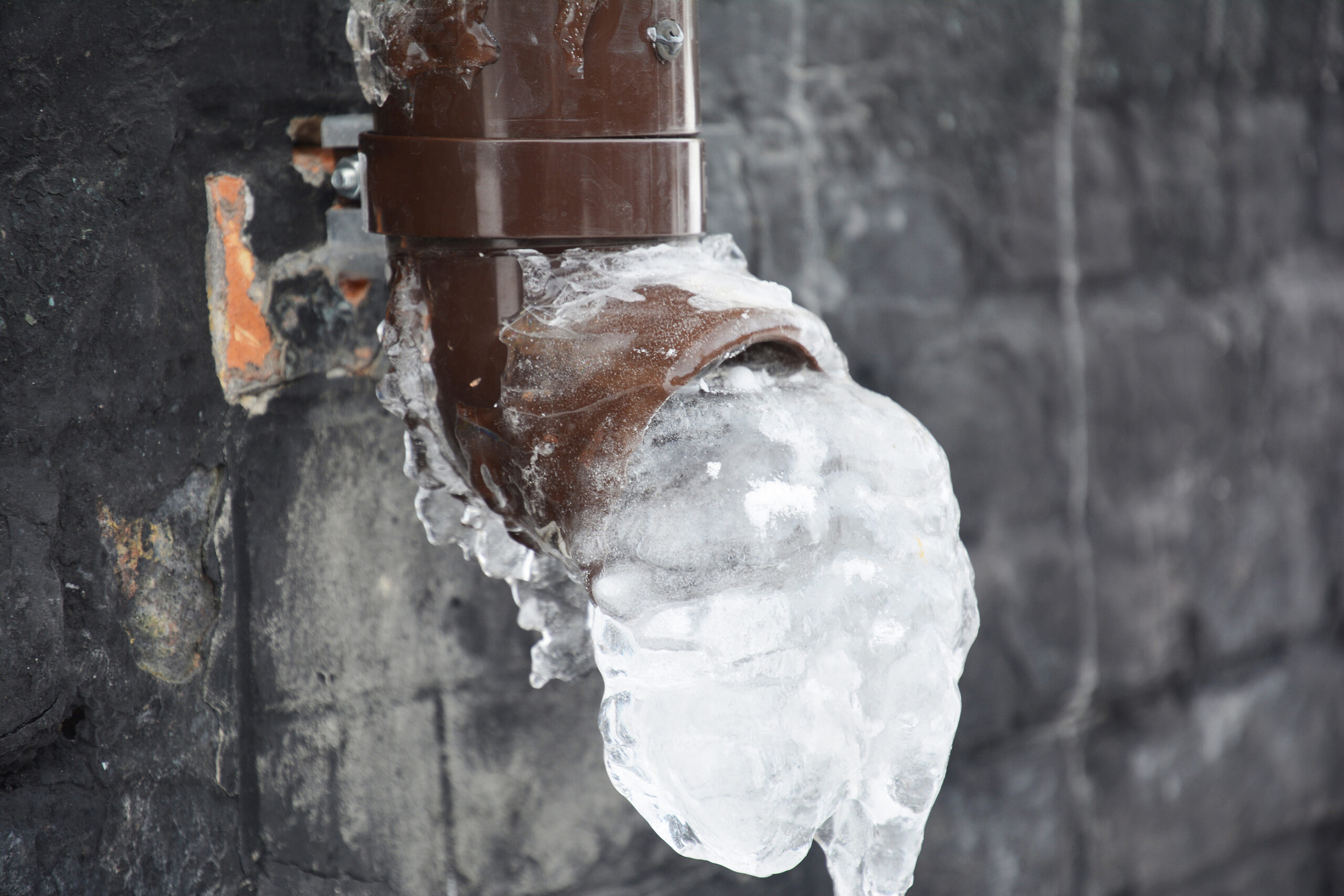Ways to Maintain Your Pipes from Cold Weather Issues: Important Guidance
Ways to Maintain Your Pipes from Cold Weather Issues: Important Guidance
Blog Article
Do you find yourself trying to locate help and advice on Winter Plumbing Precautions: Preventing Frozen Pipes?

Cold weather can damage your pipes, particularly by freezing pipelines. Right here's how to stop it from happening and what to do if it does.
Intro
As temperatures decrease, the risk of frozen pipelines increases, possibly resulting in pricey repair services and water damages. Recognizing how to avoid icy pipelines is essential for house owners in cool climates.
Understanding Frozen Pipelines
What creates pipelines to ice up?
Pipelines ice up when subjected to temperature levels below 32 ° F (0 ° C) for extended durations. As water inside the pipelines freezes, it expands, taxing the pipeline walls and possibly triggering them to burst.
Threats and problems
Frozen pipelines can lead to water supply disturbances, property damage, and pricey repair services. Ruptured pipes can flood homes and trigger considerable structural damage.
Signs of Frozen Pipeline
Determining icy pipelines early can prevent them from rupturing.
Exactly how to determine icy pipelines
Look for reduced water circulation from taps, uncommon odors or noises from pipelines, and noticeable frost on subjected pipes.
Avoidance Tips
Shielding at risk pipes
Wrap pipelines in insulation sleeves or use heat tape to shield them from freezing temperature levels. Concentrate on pipelines in unheated or outside areas of the home.
Home heating methods
Keep indoor areas appropriately warmed, particularly areas with pipes. Open closet doors to enable cozy air to distribute around pipes under sinks.
Shielding Outside Pipes
Yard hose pipes and exterior faucets
Detach and drain garden tubes before wintertime. Mount frost-proof spigots or cover outside faucets with insulated caps.
What to Do If Your Pipelines Freeze
Immediate activities to take
If you suspect icy pipelines, maintain faucets open up to alleviate pressure as the ice melts. Make use of a hairdryer or towels taken in warm water to thaw pipelines slowly.
Long-Term Solutions
Structural modifications
Think about rerouting pipes far from outside walls or unheated locations. Add extra insulation to attics, cellars, and crawl spaces.
Upgrading insulation
Invest in high-quality insulation for pipes, attic rooms, and wall surfaces. Appropriate insulation assists maintain regular temperatures and reduces the threat of frozen pipelines.
Verdict
Stopping frozen pipelines requires aggressive steps and quick reactions. By comprehending the reasons, indications, and preventive measures, home owners can secure their pipes throughout winter.
5 Ways to Prevent Frozen Pipes
Drain Outdoor Faucets and Disconnect Hoses
First, close the shut-off valve that controls the flow of water in the pipe to your outdoor faucet. Then, head outside to disconnect and drain your hose and open the outdoor faucet to allow the water to completely drain out of the line. Turn off the faucet when done. Finally, head back to the shut-off valve and drain the remaining water inside the pipe into a bucket or container. Additionally, if you have a home irrigation system, you should consider hiring an expert to clear the system of water each year.
Insulate Pipes
One of the best and most cost-effective methods for preventing frozen water pipes is to wrap your pipes with insulation. This is especially important for areas in your home that aren’t exposed to heat, such as an attic. We suggest using foam sleeves, which can typically be found at your local hardware store.
Keep Heat Running at 65
Your pipes are located inside your walls, and the temperature there is much colder than the rest of the house. To prevent your pipes from freezing, The Insurance Information Institute suggests that you keep your home heated to at least 65 degrees, even when traveling. You may want to invest in smart devices that can keep an eye on the temperature in your home while you’re away.
Leave Water Dripping
Moving water — even a small trickle — can prevent ice from forming inside your pipes. When freezing temps are imminent, start a drip of water from all faucets that serve exposed pipes. Leaving a few faucets running will also help relieve pressure inside the pipes and help prevent a rupture if the water inside freezes.
Open Cupboard Doors
Warm your kitchen and bathroom pipes by opening cupboards and vanities. You should also leave your interior doors ajar to help warm air circulate evenly throughout your home.

We had been made aware of that write-up on Winter Plumbing Precautions: Preventing Frozen Pipes from someone on a different blog. Make sure you take a moment to promote this blog entry if you enjoyed it. Thanks so much for taking the time to read it.
Find Out More Report this page